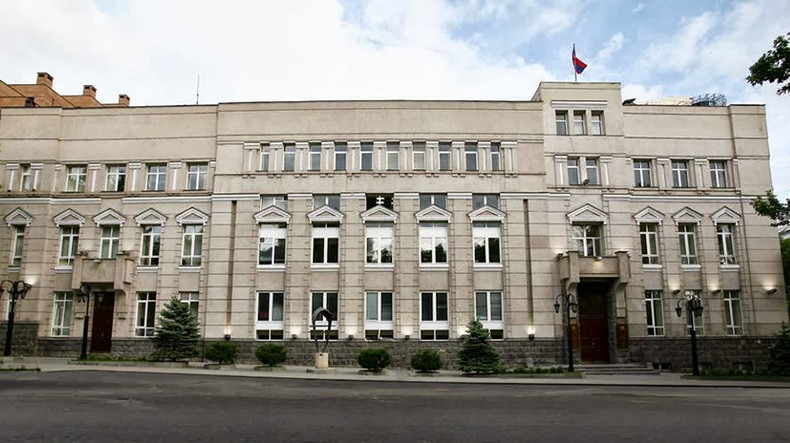
EBRD and Central Bank of Armenia strengthen local currency and local capital markets
The European Bank for Reconstruction and Development (EBRD) and the Central Bank of Armenia (CBA) are hosting a conference in Yerevan today to discuss strengthening the local capital market and increasing local currency lending.
According to the EBRD release, the event builds on the successful cooperation between the EBRD and CBA following the signing of a Memorandum of Understanding in March 2016 about reform of the local derivatives market.
CBA Deputy Governor Nerses Yeritsyan will open the seminar with a presentation about “Money Markets and Derivatives – The International and Armenian Perspectives”. Over 100 participants, including regulators and market participants as well as representatives of international financial institutions, banks and other financial institutions, are expected to attend the event.
The conference provides an excellent opportunity to discuss recent developments in Armenia’s capital markets and consider further steps towards developing a stronger, more resilient financial infrastructure in the country.
Another important topic of the seminar will be the development of the derivatives markets and the related legal and regulatory framework.
In October 2016 the Armenian parliament passed a milestone by approving a package of laws regulating the local financial markets and also approving amendments to the law on the securities market.
The new laws were developed in close cooperation with the EBRD. Experts, funded by the EBRD Shareholder Special Fund, worked with the Central Bank of Armenia on the legal reform. The project was also coordinated with, and supported by, the International Swaps and Derivatives Association (ISDA).
Mark Davis, EBRD Head of Office in Yerevan, said: “We welcome and support the authorities’ determination to implement the jointly drafted programme. We share the goal of improving the functioning of the local capital markets, increasing liquidity and streamlining regulatory processes to stimulate issuance, trading and hedging activities.”
Jacek Kubas, representing the EBRD Local Currency and Capital Markets Development team and in charge of the programme, added: “Following the successful reforms introduced by the authorities last year, the EBRD is keen to further develop the Armenian capital market, working with the central bank and other stakeholders, including to increase capacity-building among market participants about hedging tools such as foreign currency and interest-rate risk management.
The EBRD launched its Local Currency and Capital Markets Development Initiative in May 2010 to help reduce the reliance in parts of the EBRD region on foreign capital and excessive use of foreign-currency borrowing, which had emerged as key vulnerabilities during the global financial crisis.
A number of EBRD teams, including Treasury, Banking and the Office of the General Counsel, are working together with the Local Currency and Capital Markets Development team on the Initiative.
Aude Pacatte, Director, Head of Portfolio Management, EMEA, in the EBRD Treasury team, commented: “Armenia is a very important market for the EBRD. We strongly promote the development of the money market in the country and since 2014 we have been an active issuer of bonds denominated in Armenian dram.”
The EBRD is a leading institutional investor in Armenia with investments of over €1.13 billion in 157 projects in the country’s financial, infrastructure, energy and corporate sectors. Of these projects, 88 per cent are in the private sector.
Newsfeed
Videos






























